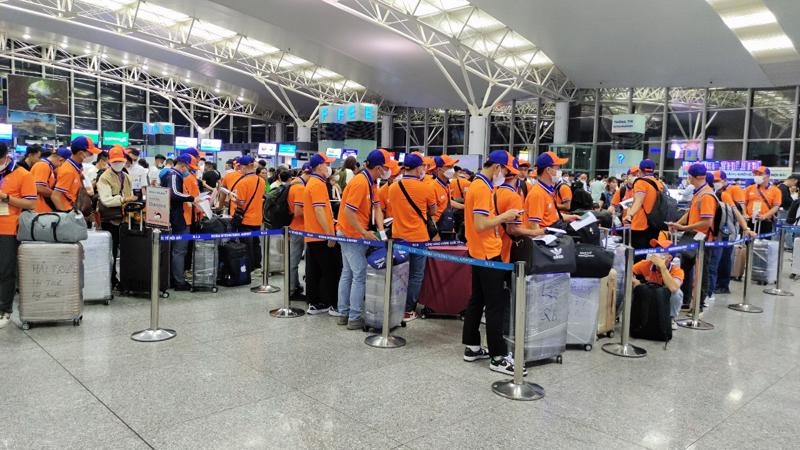Diverse labor structures and development levels in Asia will continue to increase labor flow within the region. Labor structure in Asia is characterized by shortages in some of its middle- and high-income economies and surpluses in low-income economies. This and persisting development gaps drive international labor flows within the region. Recipient economies benefit from fulfilled labor requirements for production, while source economies benefit from inward remittances. The region as a whole benefits through improved resource allocation and productivity.
Asia is home to the world’s major labor-exporting countries. In 2011, Asia received more than 40% of global remittance inflows. The world’s top net remittance recipients are from Asia—India and PRC—while Bangladesh, Pakistan, and the Philippines also ranked among the top 15. There is significant variation in Asia. Labor mobility and dependence on overseas workers are high in Central Asia and South Asia, but much lower in East Asia. Southeast Asia and Pacific falls between the two.

Intra-Asia labor mobility is rising. For instance, the number of Asian migrants going to new host countries in the region—Malaysia, Singapore, and Thailand—is increasing. For Bangladesh, its intraregional remittance inflows are eclipsing remittances from the US and Europe. It is likely that this trend will strengthen further as economic growth in advanced economies, which are traditional destinations, slow.
Managing worker movements becomes an increasingly important RCI issue. Worker protection must be in place to address risks, such as illegal migration and bondage labor. Unemployment issues in the host country can stir negative sentiments and possibly lead to a total ban against migrant labor. Tackling these issues requires close cooperation bilaterally and regionally. Lessons learned from experiences of Asia and elsewhere can aid policymakers in finding a better solution.
(References: adb.org)




